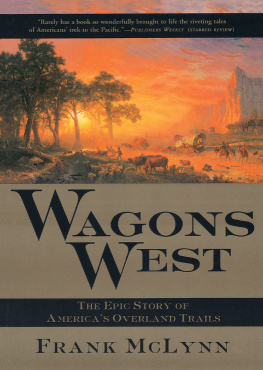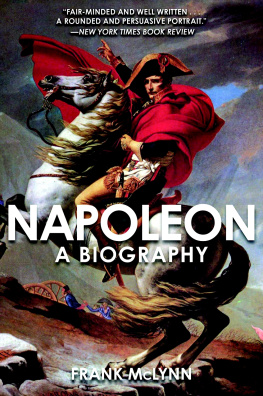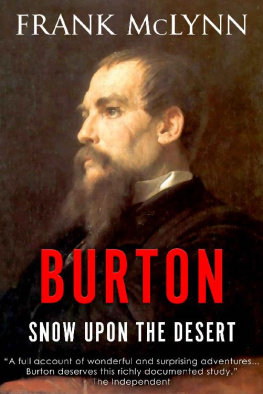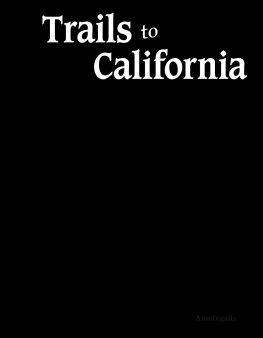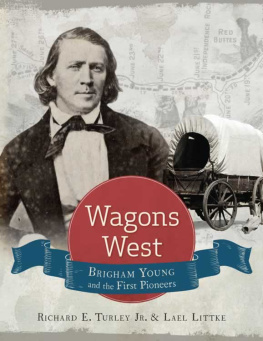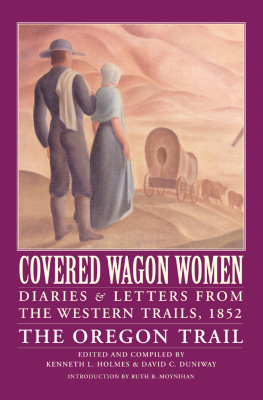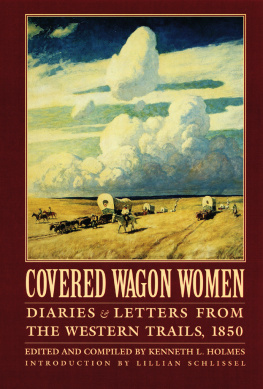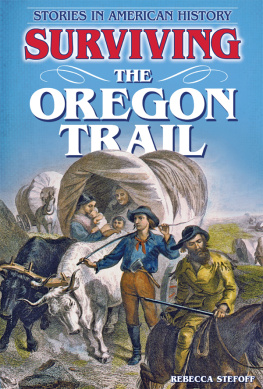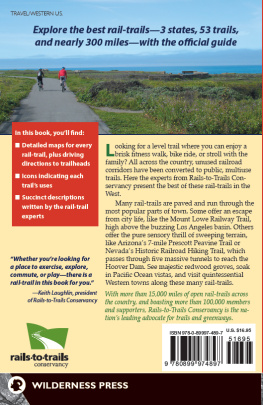


BY THE SAME AUTHOR
France and the Jacobite Rising of 1745
The Jacobite Army in England
The Jacobites
Invasion: From the Armada to Hitler
Charles Edward Stuart
Crime and Punishment in Eighteenth-Century England
Stanley: The Making of an African Explorer
Snow Upon the Desert: The Life of Sir Richard Burton
From the Sierras to the Pampas: Richard Burton's Travels in the Americas, 186069
Stanley: Sorcerer's Apprentice
Hearts of Darkness: The European Exploration of Africa
Fitzroy Maclean
Robert Louis Stevenson
CG. Jung
Napoleon
1066: The Year of the Three Battles
Villa and Zapata
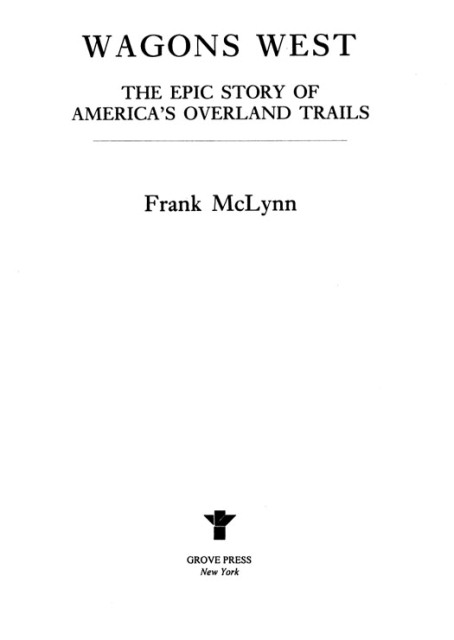
Copyright 2002 by Frank McLynn
All rights reserved. No part of this book may be reproduced in any form or by any electronic or mechanical means, including information storage and retrieval systems, without permission in writing from the publisher, except by a reviewer, who may quote brief passages in a review. Any members of educational institutions wishing to photocopy part or all of the work for classroom use, or publishers who would like to obtain permission to include the work in an anthology, should send their inquiries to Grove/Atlantic, Inc., 841 Broadway, New York, NY 10003.
First published in Great Britain in 2002 by Jonathan Cape, a division of Random House, London, England
Published simultaneously in Canada
Printed in the United States of America
Library of Congress Cataloging-in-Publication Data
McLynn, Frank.
Wagons west: the epic story of America's overland trails / Frank McLynn.
p. cm.
Includes bibliographical references (p. ) and index.
ISBN 9780802199140
1. Overland journeys to the Pacific. 2. TrailsWest (U.S.)History 19th century. 3. Frontier and pioneer lifeWest (U.S.) 4. PioneersWest (U.S.)History19th century. 5. West (U.S.)HistoryTo 1848. 6. West (U.S.)History18481860. I. Title.
F593 .M475 2003
978.02dc21 2002033859
Grove Press
841 Broadway
New York, NY 10003
05 06 07 08 10 9 8 7 6 5 4 3 2
For Pauline, my partner on the trails and Lucy who was there in spirit.

CONTENTS


ILLUSTRATIONS

First section
Second section
MAPS

PREFACE

Having covered every inch of the 3,000 miles of the California and Oregon Trails, sometimes, it seemed, almost on my hands and knees, I must first of all acknowledge the help and kindness of dozens of nameless individuals in the United States: officials of the U.S. National Parks and National Monuments Service, park rangers, librarians, archivists, local historians and even specialist bookshop owners. If they asked me, I could write a book about this part of the research alone. Back in England, I must particularly pay tribute to the superb visual talents of Paul Taylor, the mapmaker, and John Lindsay, the illustrator. Their wonderfully efficient organisation, Data Reprographics, in Ashford, has made straight the paths in more ways than one.
Others whose talent, competence and assistance have been invaluable include Lila Mauro in California and Sophie Hartley, Tony Whittome and James Nightingale, all at Random House in London. But above all I must single out my editor Will Sulkin for praise. Many editors commission books grudgingly, without enthusiasm or through gritted teeth. Will, however, was one hundred per cent committed to this project from Day One, and his support and encouragement have been a priceless gift. My wife Pauline has been indispensable to this book. It could not have been written without her, and her skills as researcher, critic and lateral thinker make her in all but a formal sense the true co-author of this volume. I thank all my collaborators for their various contributions, but warn that, as director of this venture into early U.S. history, I alone must be held responsible for any shortcomings.
FRANK MCLYNN, Twickenham, 2002


INTRODUCTION

The days of the pioneers of the American West are long gone now, lost in the limitless past. It is more than 150 years since wagon trains first headed westwards from Missouri, bound either for California or Oregon. How can we recapture that era, where events seem almost to have happened on another planet? We live in a world of television, e-mail, mobile phones, computers, jet airliners, movies, rock music, antibiotics, psychoanalysis and billionnaire sports players. In the 1840s, by contrast, when wagons first headed west, the transatlantic cable had not been laid and even steamships were essentially a phenomenon of the future. Railways were in their infancy, and the great technological breakthrough of the age was the building of the Erie Canal. Repeating rifles had not been invented and firearms were still muzzle-loading. Not even the Pony Express operated yet in the West. Oregon was essentially a British province, and California, settled from New Spain in 1769, a territory the new state of Mexico had inherited from the old Spanish Empire in 1821. Between Missouri and the Pacific coast lay uncharted wilderness.
The decision to emigrate was itself a bizarre one. Take the case of a family living in reasonable comfort in Missouri. Nearby there are friends and neighbours; in times of trouble there is help, advice and expertise close at hand. But then the father of the family makes a decision that changes everything, leading them into supreme peril and maybe costing all the family their lives. That decision is to buy a wagon and head west in search of a better life. This means his wife must dispose of her domestic treasures and join her man in an enormous gamble. For to go west means to leave civilisation and the rule of law, to leave behind towns, stores, schools, churches, doctors. It means going where there are no proper maps, where savage Indians lurk who are said to prey on whites and where the only food is what you take yourself. Wagon, stock, oxen, money and pure grit are the only resources on the trail.
Next page
